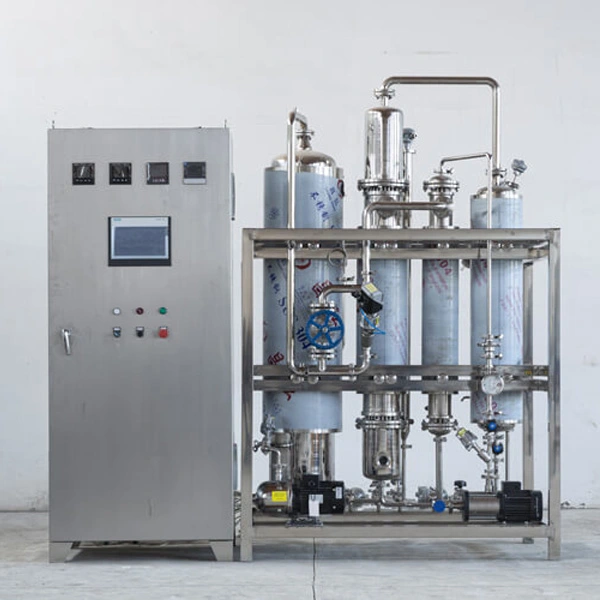Desalination is a crucial process for converting seawater into fresh water. Two primary methods used in industrial desalination are Multi-Effect Distillation (MED) and Multi-Stage Flash (MSF). While both techniques involve thermal distillation, they differ in operational principles, energy efficiency, and scalability.
MED operates on the principle of repeated evaporation and condensation across multiple effects. Multi effect water distiller utilizes a series of evaporators, where heat from the previous stage is reused to minimize energy consumption. Each subsequent effect operates at a lower pressure and temperature, improving efficiency.
Energy Efficiency: Reuses latent heat across multiple stages.
Lower Operating Temperature: Reduces scaling and corrosion risks.
Higher Freshwater Recovery: Maximizes output with minimal energy loss.
MSF desalination involves flashing heated seawater into steam in multiple stages under reduced pressure. The rapid pressure drop causes a portion of the water to vaporize instantly. The steam is then condensed to produce fresh water.
High Production Capacity: Suitable for large-scale desalination plants.
Stable Operation: Less prone to fluctuations in feedwater quality.
Simple Maintenance: Well-established technology with proven reliability.
| Feature | Multi-Effect Distillation (MED) | Multi-Stage Flash (MSF) |
|---|---|---|
| Energy Consumption | More energy-efficient | Higher energy usage |
| Operational Complexity | Moderate | Relatively simpler |
| Scaling & Fouling | Lower risk due to lower temperatures | Higher risk due to rapid flashing |
| Water Production | Medium to high output | Best for large-scale operations |
| Thermal Efficiency | Higher due to heat reuse | Lower as each stage requires reheating |
The choice between MED and MSF depends on factors such as energy costs, plant size, and maintenance requirements. MED is ideal for energy-conscious operations, while MSF suits large-scale desalination projects requiring high production capacity.
Both Multi-Effect Distillation and Multi-Stage Flash play vital roles in desalination. Their differences in energy efficiency, scalability, and maintenance impact the selection for various applications. Understanding these distinctions helps industries optimize their desalination strategies for sustainable water production.


